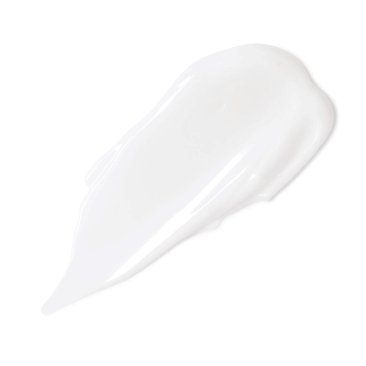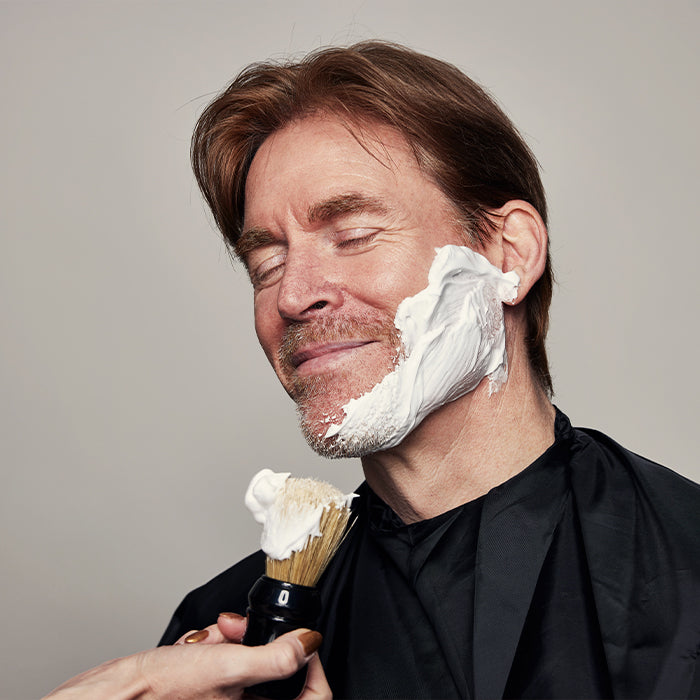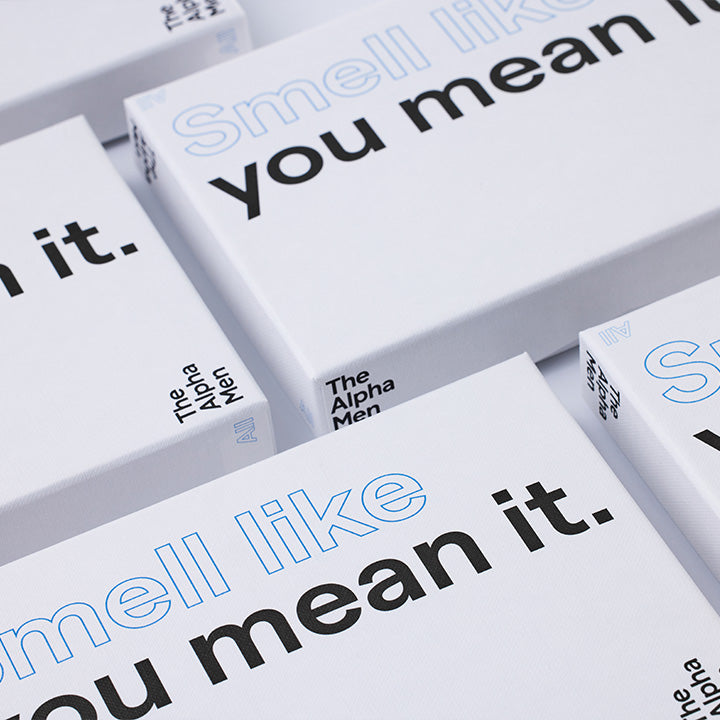You probably know it. You wake up with the idea of trading in that stubble of yours for a baby-soft shaved skin. You glide your razor over your skin and rinse your Face with cold water. After a while, you feel your skin start to burn. When you touch your skin, you feel that there is a colony of small bumps on your skin. The mirror confirms your suspicion: razor burn.
What is razor burn?
Razor burn (or in English “razor burn”) is a temporary skin irritation that occurs after Shaving. Your hair follicle becomes infected with a bacterium due to the Shaving. This infection causes inflammation. This inflammation is visible in, yes, the red bumps on your skin. The bumps can remain visible on your skin for up to two days. They can also develop into small blisters filled with pus. Sorry, we can't make it more tasteful than it is... Although it sounds a bit more intense than it is. Razor burn is harmless and often disappears quickly, but it's not pleasant.
Who can get razor burn?
You would prefer to cover and hide the bacterial infection until the two days are over. However, this is not so easy for the shaving man, who gets razor burn most often in their Face. Women also have it tough. They mainly know razor burn from Shaving their bikini line and their armpits.
What are the causes of razor burn?
Razor burn often occurs if you use a dirty or dull blade. This way, you irritate your skin and give infections a chance. Additionally, you can get razor burn if you apply too much pressure, shave against the hair growth, or shave over the same spot a bit too often. Razor burn actually arises from a bit of ignorance in your shaving routine. Razor burn is therefore easy to prevent, even if you have sensitive skin.
How can you prevent razor burn?
Prevention is better than cure. You actually just want to prevent bacteria, which we all naturally have on the skin, from entering your hair follicle. The magic word here is: hygiene. Apply a few simple tips to your shaving routine. This doesn't take long and prevents a lot of hassle.
- Never lend your shaving equipment! And of course, don't borrow from someone else
- Use a New or clean razor, make sure it is sharp
- Wash your skin before Shaving, this kills bacteria
- Use a Preshave before Shaving
- Shave with a Shaving Soap, Shaving Foam, shaving cream or Shaving Oil so that the blade glides smoothly over your skin
- Clean your razor thoroughly after each shave
- Use a good aftershave or Aftershave Balm after Shaving
- Pat your Face only with a clean towel or washcloth
The most important word remains hygiene. Razor burn is not contagious like a cold, but it is contagious via your razor. If the person you lend your new shiny Safety Razor to has razor burn, you can assume that you'll have it in no time. The bacteria are in the razor and make their way to your hair follicle. You don't want that.
How do you treat razor burn?
If this blog is like mustard after the meal for you because you already have razor burn; we haven't forgotten you either.
Razor burn can be remedied with the right products against razor burn, such as a good cream. This cream is specially made for razor burn and is available at the pharmacy. You can also give your skin a nourishing boost with Argan Oil or Tea Tree Oil. This oil has a bactericidal, pain-relieving, and itch-relieving effect. Is it really unbearable? Then we recommend giving your doctor a call. They can, if it's severe enough, give you a course of antibiotics. But, beware, razor burn is fortunately never really dangerous. Just very annoying.
Do you still have questions? Let us know. We are happy to help you prevent or remedy these annoying bumps.
Take care of your skin!
Your friends, The Alpha Men




















